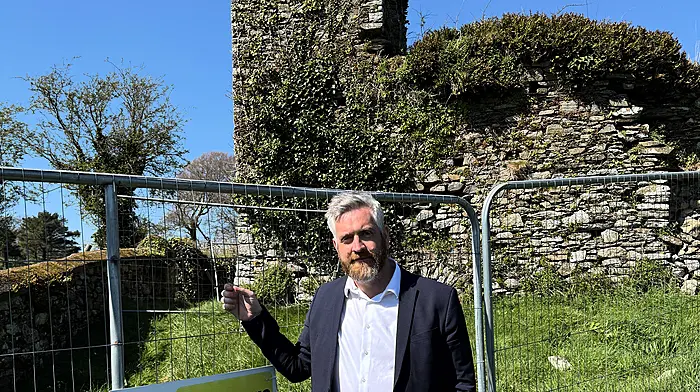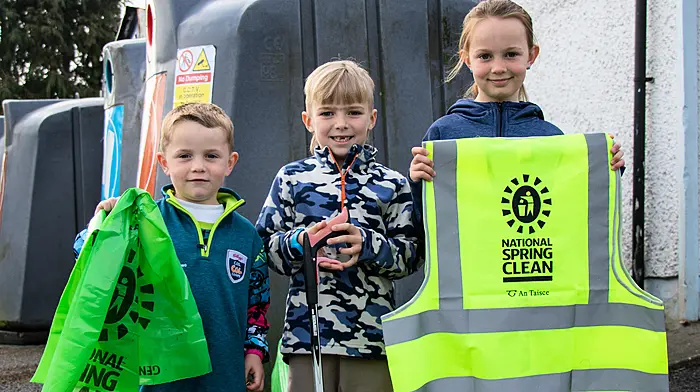THE news this week that Bantry Bay could become a focal point for the green energy industry in Ireland received a mixed welcome.
While it could be a great boost for both Whiddy and the town of Bantry, the fact that it is to be located close to the site of one of Ireland’s biggest maritime disasters will bring back painful memories for many.
The American firm Zenith agreed to purchase the 17-tank terminal on the Bantry Bay island from Philips 66 in 2014 and one of its main customers is the Irish State, which keeps the majority of its oil reserves there.
This week Zenith Energy and Irish firm EI-H2 announced plans for their joint venture to develop a 3.2 gigawatt (GW) green energy facility which will produce green hydrogen and green ammonia.
The project will first need a feasibility study to explore the project’s full potential.
According to the statements issued to media, the new facility, when fully operational, has the potential to reduce Irish carbon emissions by 2.4m tonnes per year, which represents the equivalent of the carbon emissions of a quarter of all Irish homes.
It will operate alongside Zenith’s existing site on Whiddy, and will be one of the largest of its kind in the world.
This development will, the developers say, ‘see Ireland secure a place as a global leader in the generation and export of green energy’.
And Bantry was chosen because of its proximity to offshore locations for wind-generated electricity.
This reflects the huge interest in offshore wind energy which is also being promoted by the government through its National Marine Planning Framework which was launched last week.
The first phase of the Bantry project will see the construction of a green hydrogen production facility, generating hundreds of construction jobs – and a more modest number during operation. The second phase will see the construction of the green ammonia facility, using the green hydrogen from the first phase.
The green energy produced by the facility will be used both domestically and internationally, providing carbon-free options to help reduce the country’s carbon footprint, and to put Ireland ‘on the green energy export map’, according to Zenith.
Zenith Energy says it could be up and running by 2028, and it believes there will be several offshore windfarms operating off the south coast by then, to make it viable.
We are currently seeing a transition, by many traditional firms, from fossil fuel generation, to what is seen as ‘clean’ energy, embracing the urgency for low carbon-emitting fuels and environmental friendly options. But Whiddy has a tragic history with fossil fuels, a history that will not be easily forgotten. It is imperative that any plans to provide widescale fuel generation at this location are treated with the sensitivity and attention to safety deserved by the people of Bantry – and indeed France, which was so badly impacted by the Betelgeuse disaster in 1979.
Zenith has promised that its focus is on building a ‘sustainable, independent liquid storage terminals business that provides safe and reliable solutions for its customers in the years to come’.
With Whiddy also gearing up to further promote itself as an environmentally-friendly tourist destination for walkers, kayakers, swimmers and history fans, it is imperative that both industry and tourism interests can move forward together in a joint effort that has a positive impact on the island, Bantry town and its environs.









